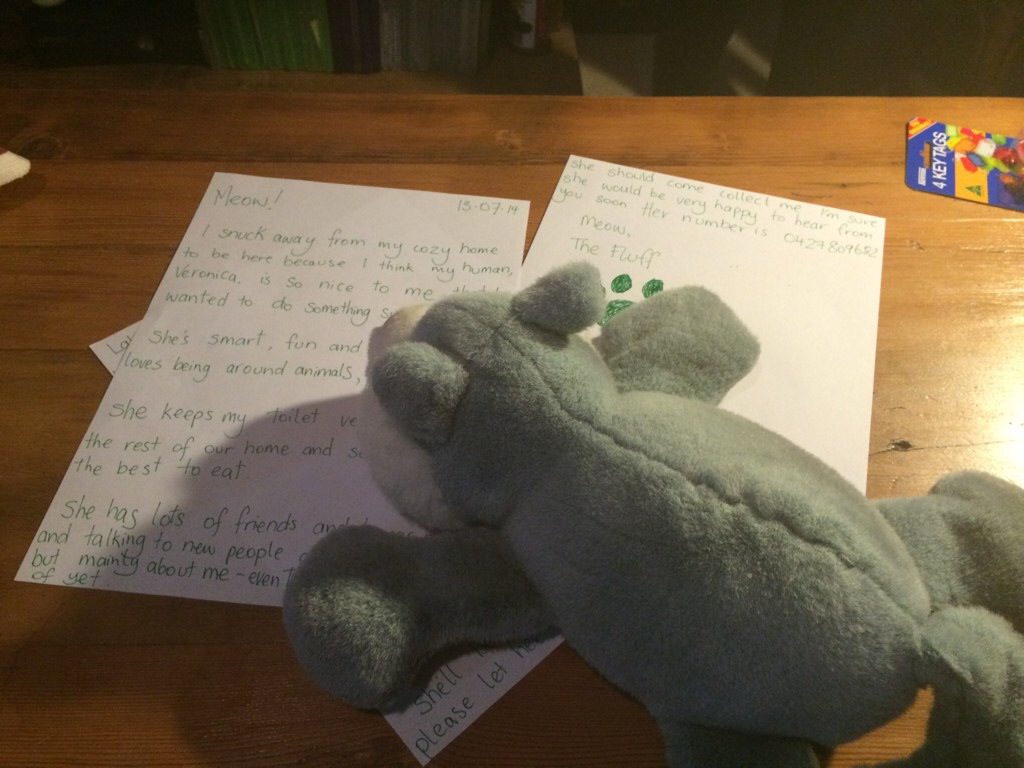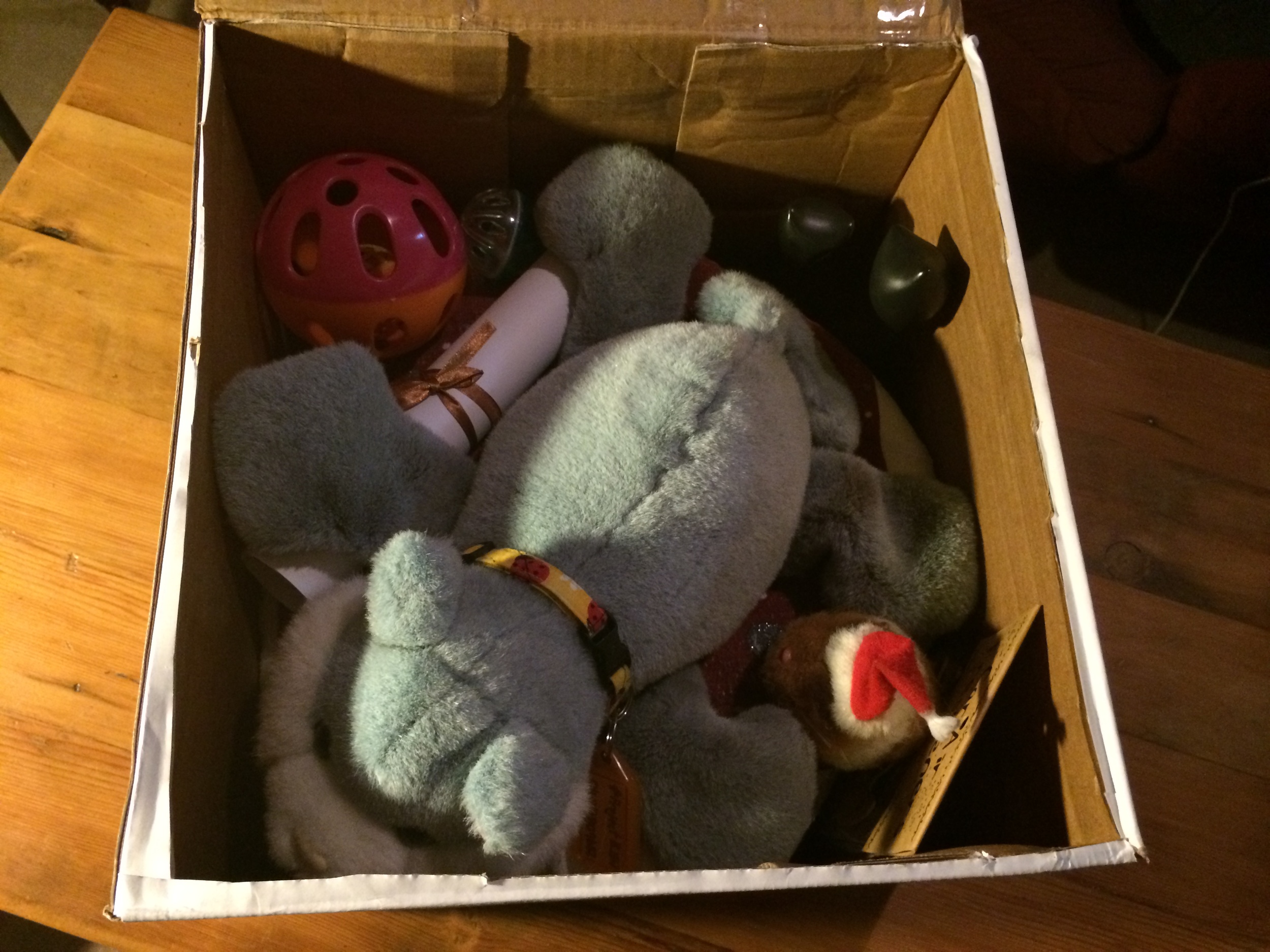There is a Cat Café opening in Melbourne and they are looking for staff. My good friend Veronica Dixon, a graphic designer with her own freelance company Elvedee Designs, decided she would love to work at the Cat Café because of her love of cats and coffee; the flexibility freelancing affords gives her the ability to peruse this position.
Not satisfied with any ordinary application, Veronica decided that she would showcase her design skills in her application, or should I say cat-pplication, and thus project BJIW (Best Job In the World) was born.
Over the weekend of July 12th to July 13th we joined our graphic design and UX design skills, with ‘cat-piration’ from felines Pinni and The Fluff; with our powers combined we:
- Incepted ProjectBJIW;
- Started tweeting to gather interest;
- Used a scrum board with hourly stand ups to keep us on track;
- Created tasks to reach our goals, and;
- Achieved our three main projects:
1. A ‘recommendation video’ from Pinni the cat recommending her human, Veronica, for a job at the Cat Café Melbourne
2. A care-package from The Fluff recommending her human, Veronica, for a job at the Cat Café Melbourne with items to donate to the cat café
3. A behind-the-scenes look at ProjectBJIW
Recommendation Video
Veronica loves cats, and looks after them better than anyone else in Melbourne… who would know better than her cat Pinni! We helped Pinni to create a video to show Cat Café Melbourne why they should hire Veronica. The video is available here.
Care Package
The Fluff gathered a box, wrote a letter of recommendation and hitchhiked into the city (which is difficult without opposable thumbs) to print Veronica’s resume and wait at the Cat Café Melbourne with some toys to donate. We’re still waiting to hear back on whether or not The Fluff successfully persuaded the Cat Café but hasn't returned home yet.















